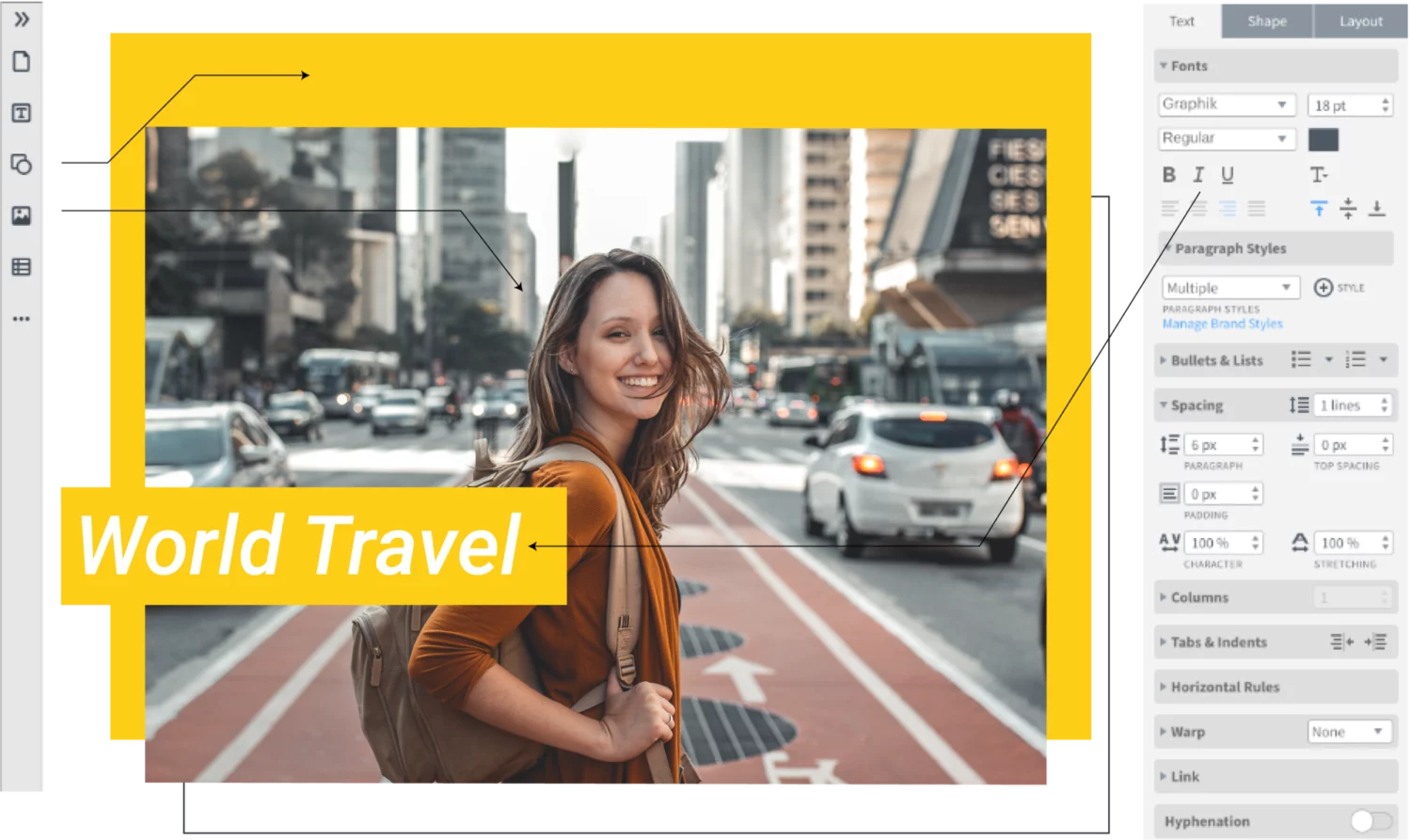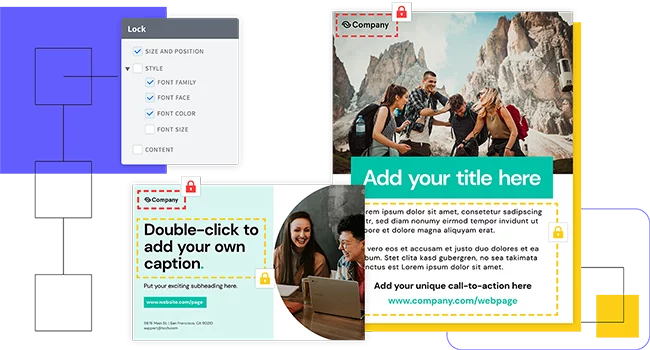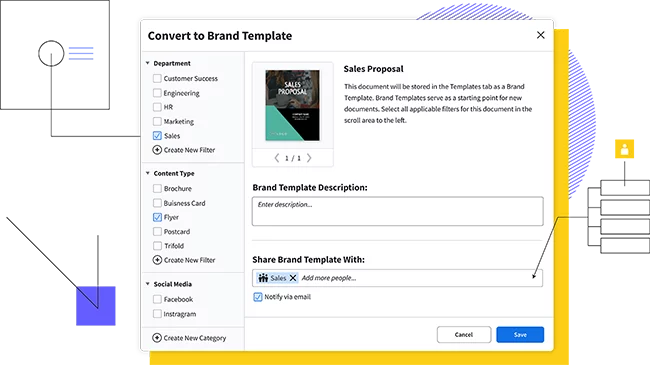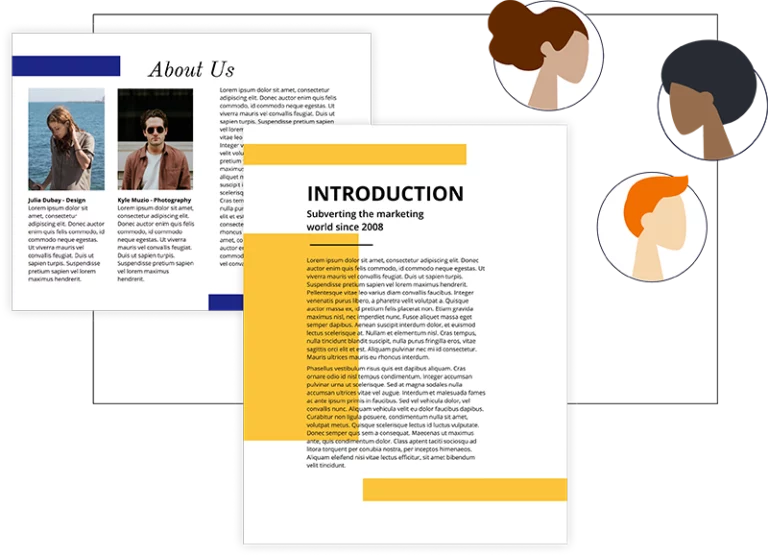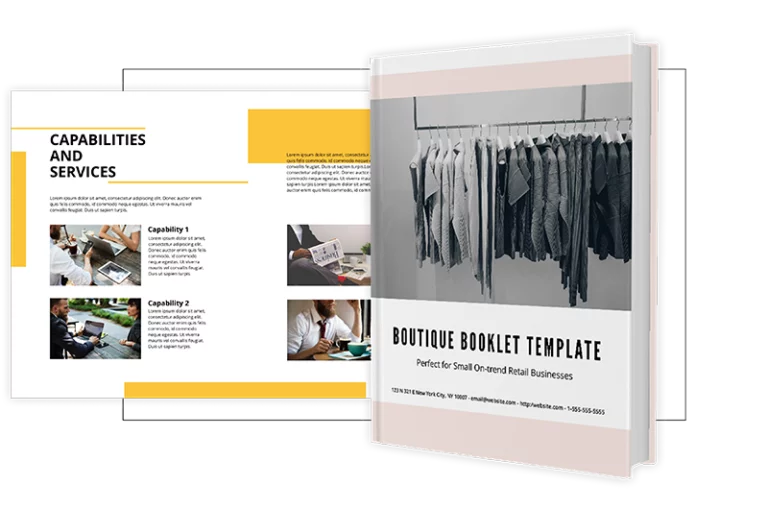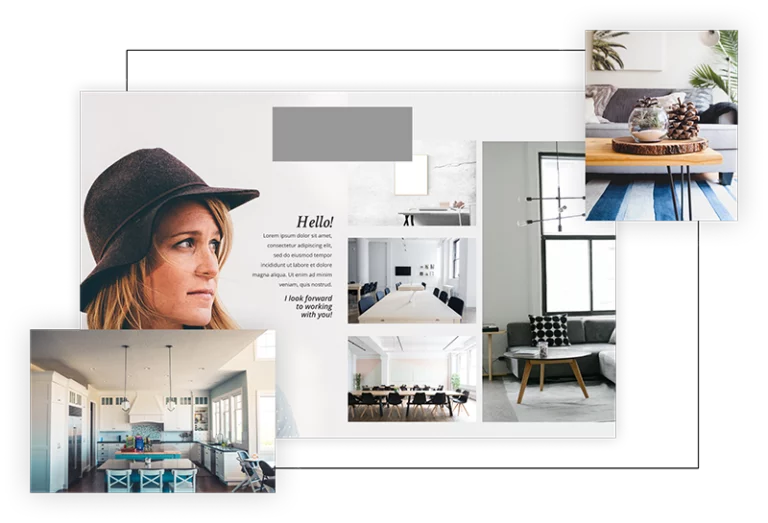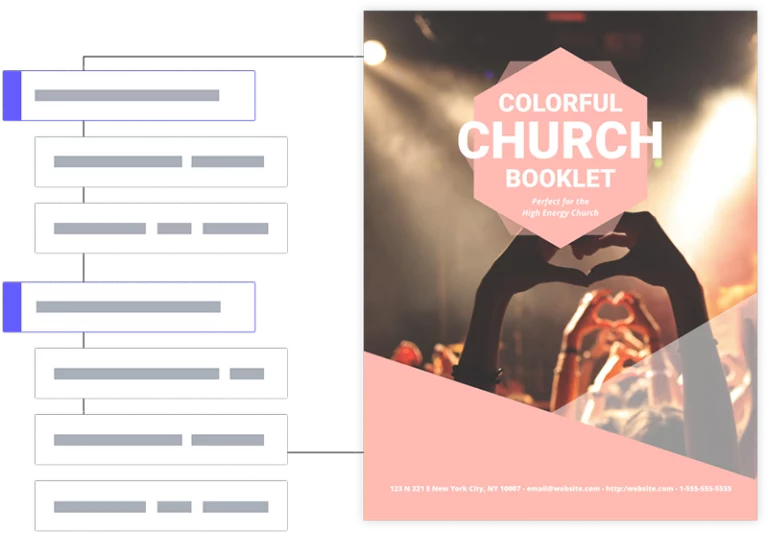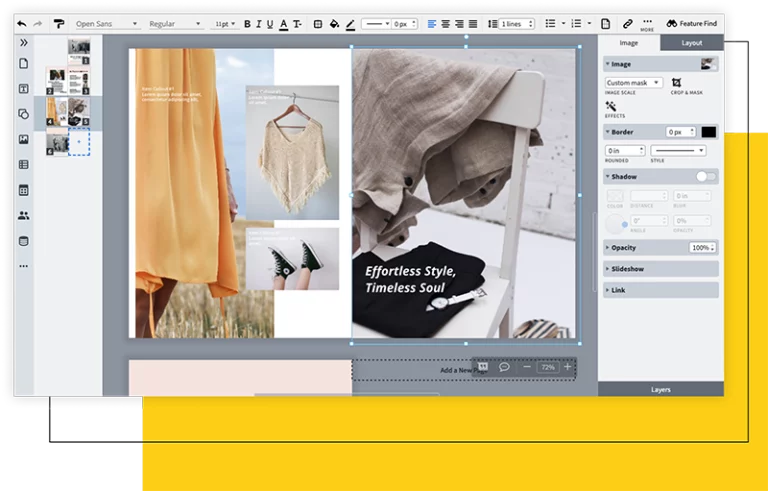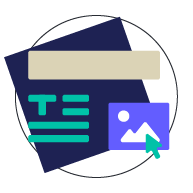The design and layout of the draft document for your booklet depends to a large extent on your audience. For instance, you may be working on a hobby Origami project in which case you’ll want to create a poster-sized document that you can fold and crease to create a mini-booklet with just a few pages.
Alternatively, you may be creating a corporate newsletter-style booklet with a lot of text in multiple columns and with only a few images. Marq has a wide variety of newsletter and brochure templates that feature multiple columns and image placeholders for your company’s logo and branding elements.
A third example is a recipe book. In this case, you’ll probably want to ensure all the pages have a consistent layout, and you’ll want to make sure that the book can be laid flat on a kitchen counter... which brings us to binding.
